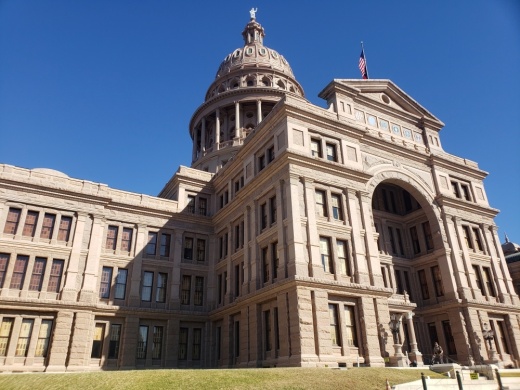Lawmakers are a step closer to drawing new districts for the Texas Senate and the state’s congressional apportionment, following public hearings on Sept. 24 and 25 for Senate and State Board of Education maps, and a proposed congressional district map that was released Sept. 27.
Sen. Joan Huffman, R-Houston, the Senate Committee on Redistricting chair, drew all three publicly available maps with counsel from the Texas Attorney General’s office. During the public hearings, Huffman took questions from other members of the bipartisan committee.
Proposed new congressional districts for Texas
Following the 2020 Census results, Texas gained two congressional seats—the biggest increase in the nation—taking its delegation to 38 representatives in the House of Representatives.
The main constraint on drawing congressional districts is the requirement that they must be of equal size. According to Richard Murray, a political science professor at the University of Houston, this leaves room for redistricting committees to “crack” or “pack” populations so that a party can control most of the seats.
“We’re the only state that gained two seats in the country,” Murray said. “There’s immense pressure [on Republican lawmakers] to do something."
Murray predicted that the proposed congressional map was a way for Republicans, who control the process, to secure their incumbent congressional representatives. He cited the 2nd Congressional District held by Rep. Dan Crenshaw, R-Houston, as an example. The district previously extended into the Montrose neighborhood of Houston, but was redrawn to move further out of the city and extend instead into Montgomery County.
Legislation for congressional redistricting passes through both houses of government similarly to other bills. If the legislature does not draw a congressional map before the end of the legislative session, a following session must be called; if the governor does not call a following session, state or district courts will draw maps.
Maps approved by the legislature can be challenged under Section II of the Voting Rights Act of 1965. Murray said standards for evidence of a Section II violation have been raised, however, making it more difficult for challengers.
Senate hearings on redistricting bills
The Texas Senate Redistricting Committee held its first public hearings for proposed maps for the Texas State Board of Education and the Senate, filed as Senate Bill 4 and Senate Bill 7, respectively.
Sen. Juan Hinojosa, D-El Paso, presided over the hearings. Senators from the Redistricting Committee, including Sen. Beverly Powell, D-Burleson, questioned Huffman, focusing mainly on her processes.
Huffman faced questions from both senators and members of the public about how minorities in various Texas districts were affected by the proposed maps. She repeatedly responded that the maps were “not drawn on a racial basis.”
Several Texas residents, representing advocacy groups, such as the National Association for the Advancement of Colored People and the League of United Latin American Citizens, also testified before the committee. Local government officials, including Montgomery County Judge Mark Keough, also testified on behalf of constituents.
The committee did not take any action on the proposed maps due to public testimony. A further hearing on amendments to the maps is scheduled for Sept. 28.





